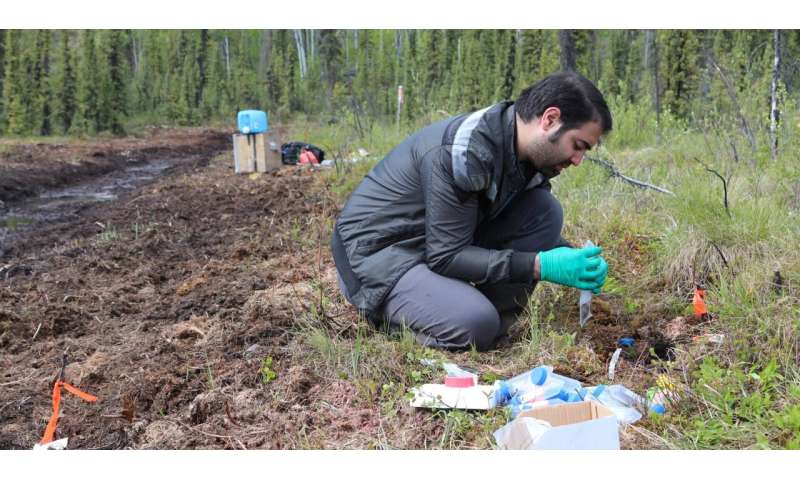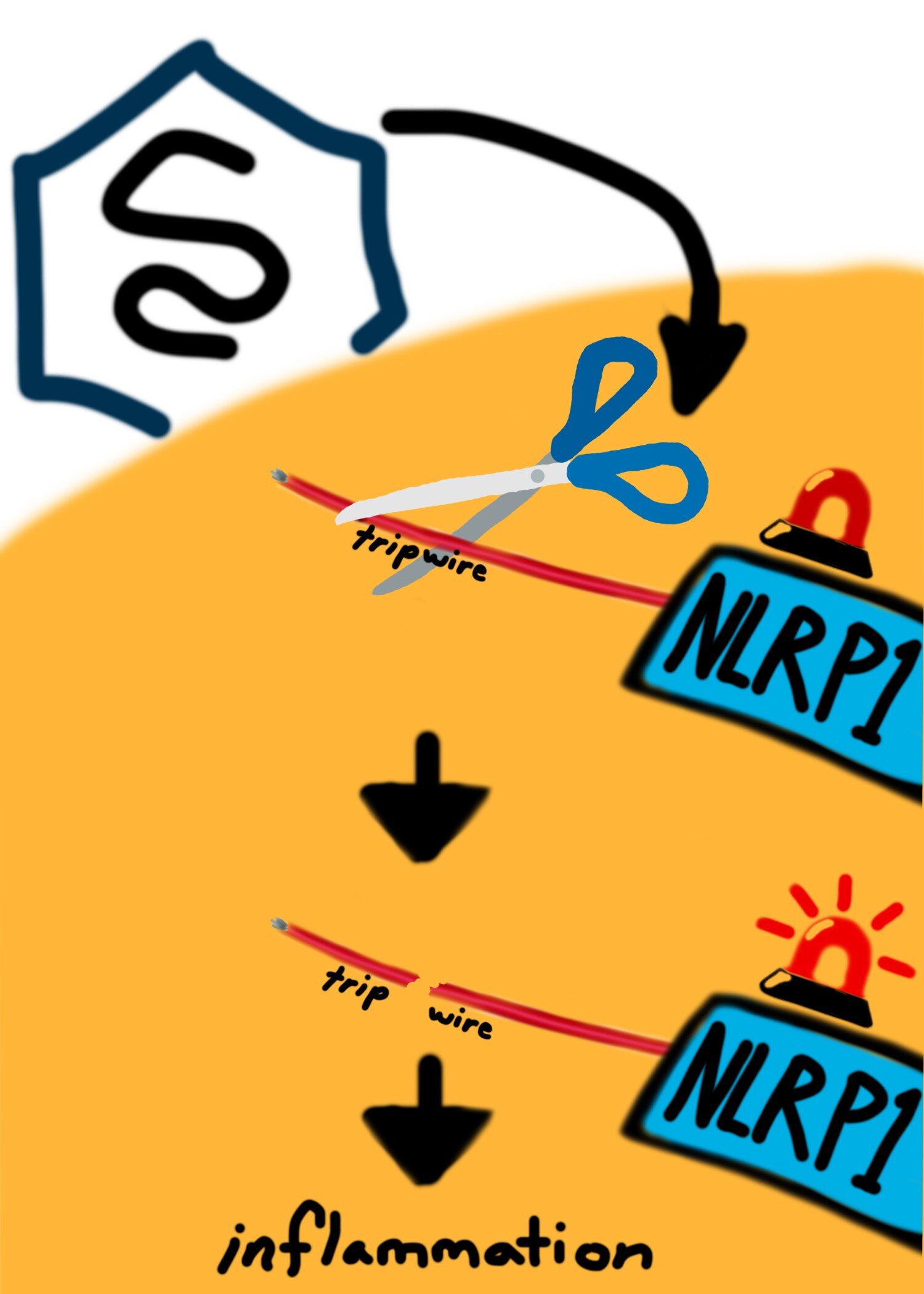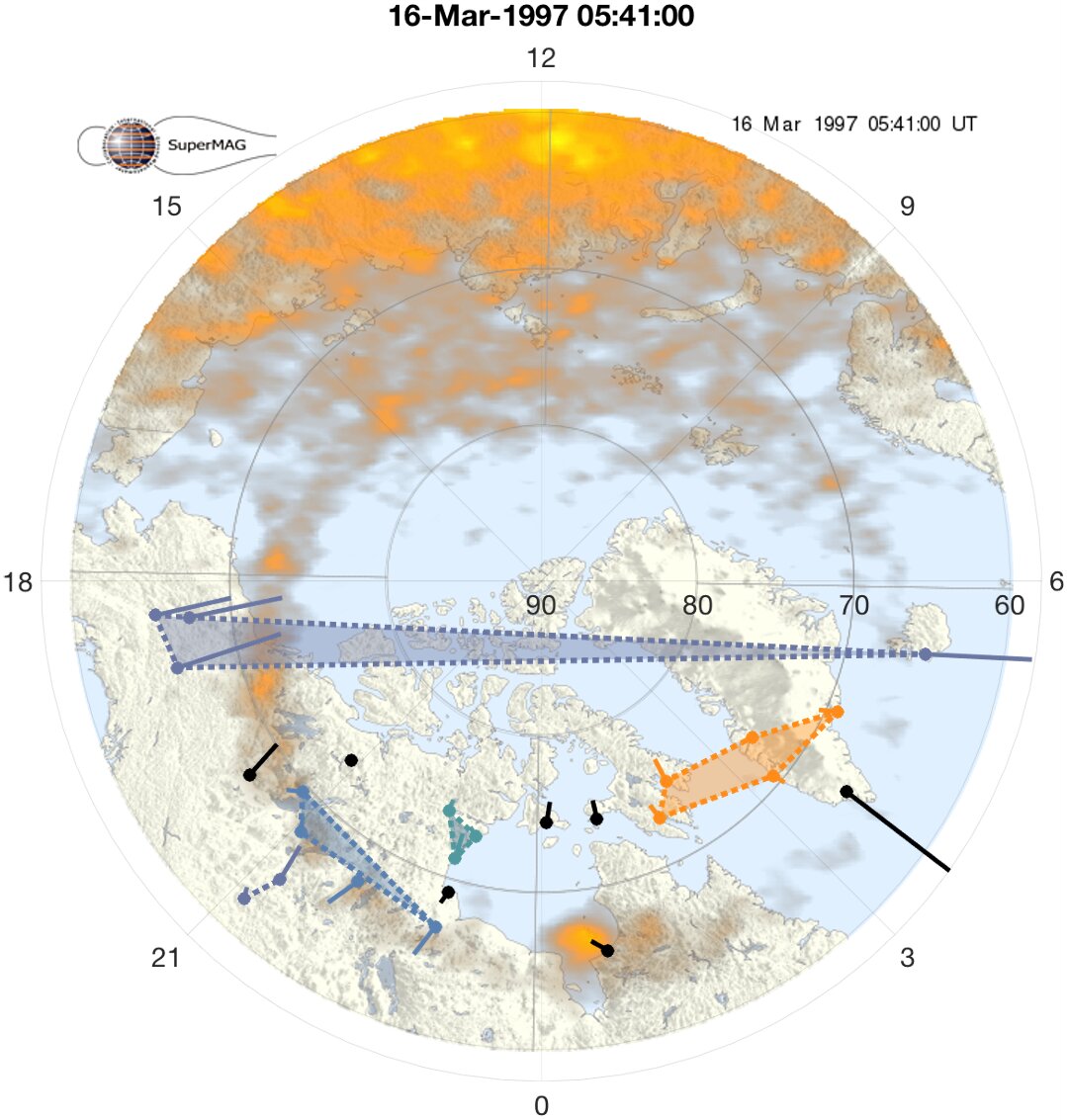#How changes in ancient soil microbes could predict the future of the Arctic
“#How changes in ancient soil microbes could predict the future of the Arctic”

Microbial communities in Arctic permafrost changed drastically at the end of the last ice age—and the shift could happen again due to modern climate change, according to a new study by University of Alberta scientists.
The researchers compared the microbial communities found in permafrost formed during the last ice age, at the end of the geological epoch known as the Pleistocene, with those at the beginning of the modern era, known as the Holocene.
“We found that both the microbial communities and the chemical parameters are stable within each era until they cross a threshold, driven by the change in climate,” explained study co-author Brian Lanoil, an associate professor in the Faculty of Science.
“After that threshold, there is an abrupt switch to a new microbial community and new soil chemistry. We argue that modern climate change could lead to a similar transition in state for soils in Arctic ecosystems, with unknown consequences.”
The researchers hypothesize that this change in soil may create a new soil profile unfavorable to existing microbial communities, with widespread effects.
“Since soils are where plants grow and where nearly all terrestrial life lives, this could have big impacts on the entire Arctic ecosystem,” explained Lanoil. “Our work shows this happened before, and it is possible that this could happen again as the result of current climate change.”
Soil microbes are important for many ecosystem functions, and drastic changes to the microbe community may lead to many changes in how those soils function. For instance, microbes in the current environment are responsible for processing carbon and nitrogen, and a change in these systems could have the potential to affect carbon and nitrogen cycles in Arctic ecosystems.
But Lanoil noted further research is needed to better understand the function of new microbial communities that form after crossing the threshold and their potential effects on the wider ecosystem.
“Our findings may also explain the reason behind the contradictory results obtained from field and laboratory soil warming experiments,” added Ph.D. student Alireza Saidi-Mehrabad, lead author on the study. “This difference is likely because field-based studies involve moderate heating of the soil. In contrast, in laboratory-based incubations, a small amount of permafrost thaw could result in rapid response to increased temperature, leading to major changes in both soil chemistry and microbial community structure.”
Other collaborators on this research include Duane Froese, professor in the Faculty of Science and Canada Research Chair in Northern Environmental Change; Patrick Neuberger, former graduate student in the Lanoil lab; and Morteza Hajihosseini, graduate student in the U of A’s School of Public Health.
Funding for the research was provided by the Alberta Innovates Graduate Fellowship, ArcticNet, the Natural Sciences and Engineering Research Council of Canada, the Northern Science Training Program, and the U of A’s Northern Research Award.
The study, “Permafrost Microbial Community Structure Changes Across the Pleistocene-Holocene Boundary,” was published in Frontiers in Environmental Science.
More information:
Alireza Saidi-Mehrabad et al. Permafrost Microbial Community Structure Changes Across the Pleistocene-Holocene Boundary, Frontiers in Environmental Science (2020). DOI: 10.3389/fenvs.2020.00133
How changes in ancient soil microbes could predict the future of the Arctic (2020, August 28)
retrieved 28 August 2020
from https://phys.org/news/2020-08-ancient-soil-microbes-future-arctic.html
This document is subject to copyright. Apart from any fair dealing for the purpose of private study or research, no
part may be reproduced without the written permission. The content is provided for information purposes only.
If you want to read more Like this articles, you can visit our Science category.
if you want to watch Movies or Tv Shows go to Dizi.BuradaBiliyorum.Com for forums sites go to Forum.BuradaBiliyorum.Com



